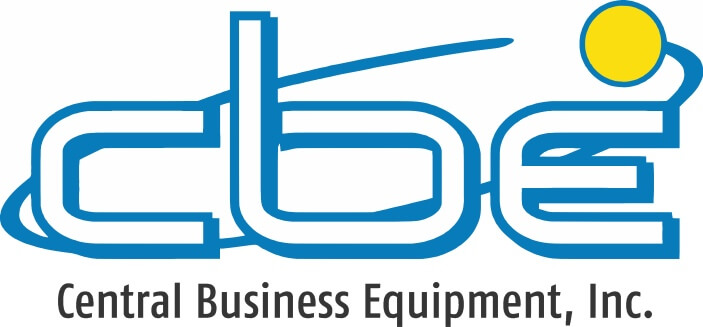Traditional mail that’s sent through the post office has been referred to as “snail mail” since the 1990s, when sending emails became the quickest and most popular form of communication. Decades later, we’re still using paper mail, even though there are many more efficient methods of communication available to us.
It makes sense to wonder what’s next for mail. There have been outlandish predictions and development plans for a long time; in 1959, Postmaster General Arther Summerfield utilized the concept of “missile mail”; thousands of letters were placed inside missiles and fired from Norfolk, Virginia to Mayport, Florida. They reached their destination within 22 minutes. Although this was an impressive accomplishment, “missile mail” was never used again.
There has also been talk of introducing drones to deliver mail and packages to consumers, although this has yet to come to fruition.
What advancements have already happened?
Within the past few years, the introduction of Intelligent Mail has somewhat digitized the process of sending paper mail. The United States Postal Service now offers Informed Delivery, in which users can see a scanned image of the mail they’ll be receiving each day. There have also been developments to improve efficiency and to identify pain points in the sorting and delivery processes.
So although the process of mailing a letter might seem unchanged for the past several decades, there are continual subtle developments that fine-tune the process and make things a little easier and more reliable for mail customers. The development of data collection and analysis will allow for continual improvement, as well.
What current issues exist with mail delivery?
As more and more people become aware of climate change, and make an attempt to live more sustainably, they tend to view paper mail as wasteful. After all, why send a paper bill when emails use so much less energy and water? Some companies even charge extra to send out paper bills rather than delivering everything electronically.
Within offices and businesses, one of the other major issues with the postal service and mail in general is the amount of space that mail takes up. Commercial real estate costs money, and requiring a whole extra room or more to handle mail is an expense that seems unnecessary in the twenty-first century.
What does the future of mail delivery look like?
It doesn’t seem like paper mail will be going anywhere, anytime soon. But for businesses across the globe, it will become necessary to handle mail differently in order to maximize office space and efficiency.
Thus, our predictions for the future of mail: increased automation, and smart mailrooms.
Automation takes jobs traditionally handled by humans and streamlines them to be performed by machines– things like automatic paper folders and inserters, postage meters, and more. Postage meters in particular are a way to prepare mail for sending without having to purchase stamps or set foot in a post office. That kind of efficiency will only become more commonplace as we move forward.
Smart mailroom services are also rapidly increasing in popularity. For those unfamiliar, mailroom services entail your business’s mail being rerouted from your location to a mail service facility; at this facility, every piece of mail you receive is scanned, archived, and sent to its intended recipient. This means no more missed letters or packages; you’ll have a clear record of what arrived and when, as well as a digital copy.
Automation & data are the future
The collection of data in order to track pain points and streamline mail processes will help businesses that rely on mail move into the future. Some communications still can’t be sent via email; it’s imperative that they reach the intended recipient, and digitally keeping track of mail pieces will help ensure that things get where they need to go.
To learn more about smart mail services, automation, and other ways to prepare your business for the future of mail, please reach out via our contact form or give us a ring. We’d be happy to discuss your business’s needs.
